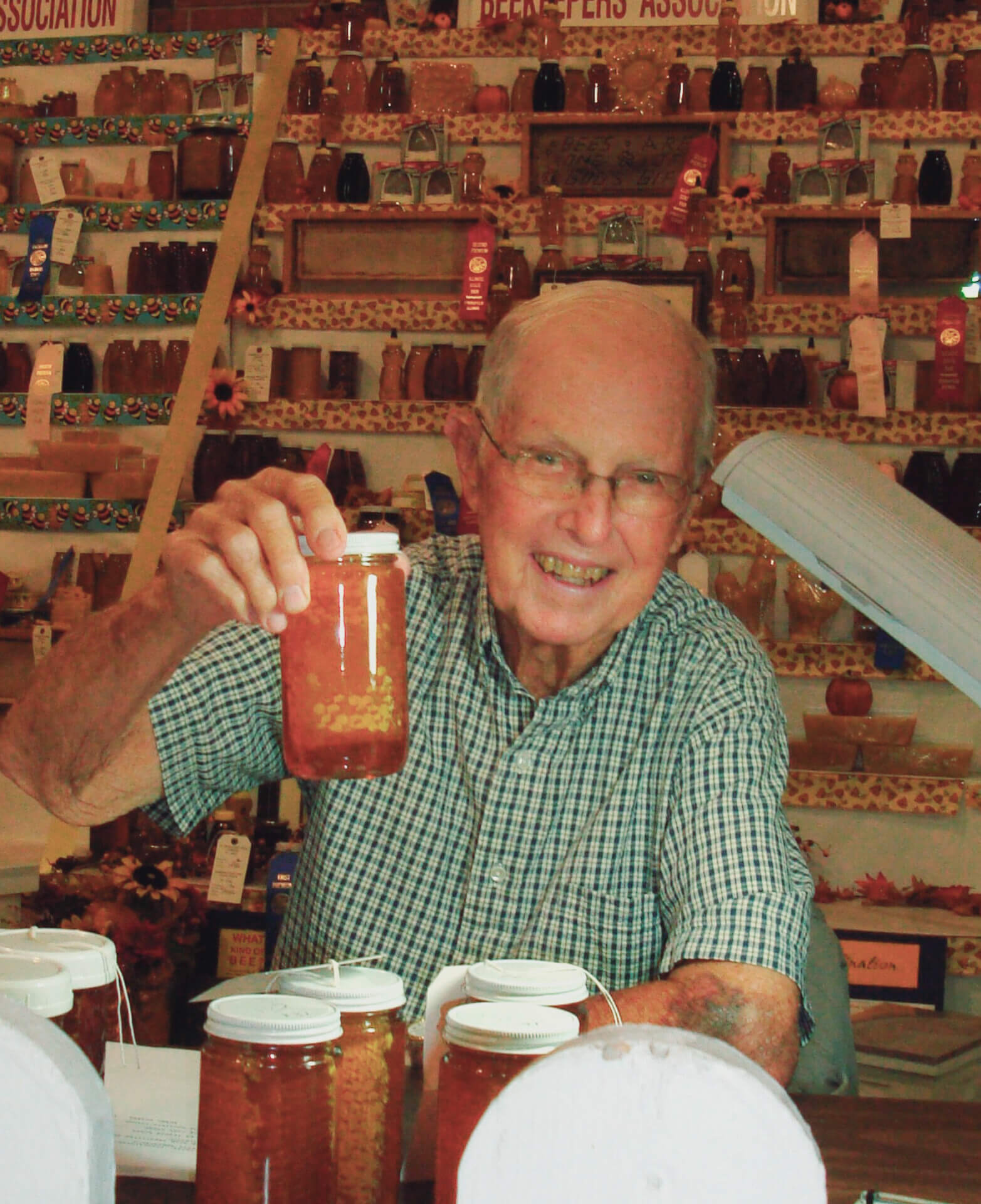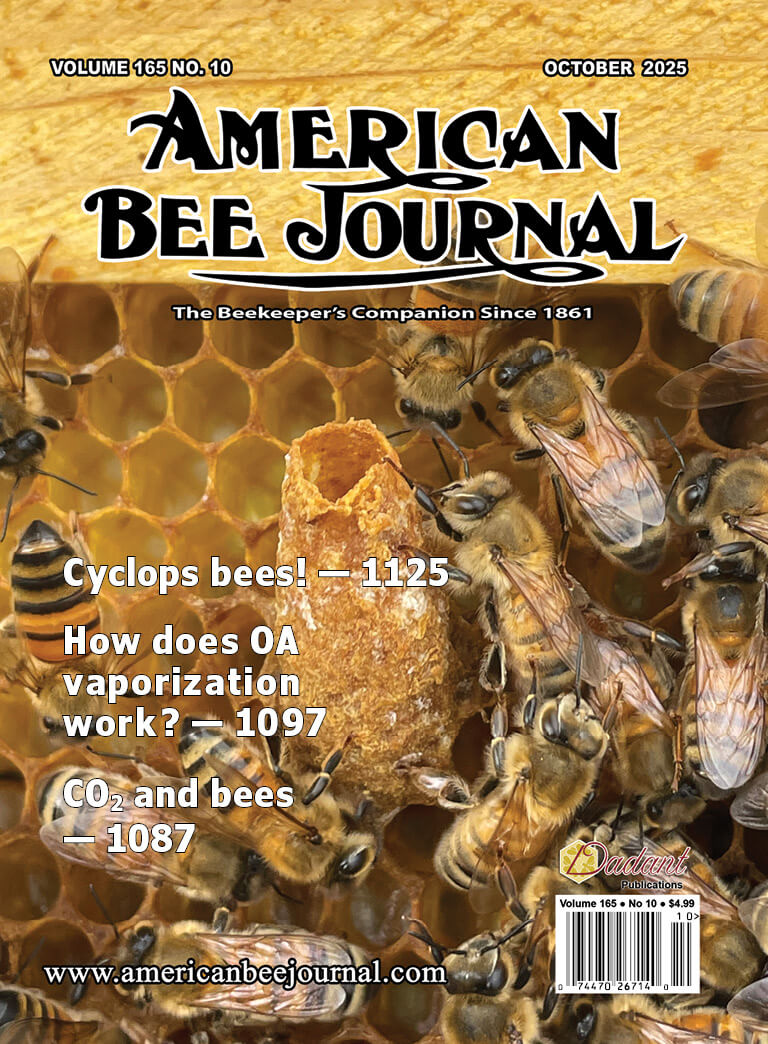
We said it could never work! We fell out of our chairs when Stuart and Cedar Anderson touted a more “hands-off” method of harvesting honey and turned the Flow Hive tap to show it. And now, almost 10 years later, there are more Flow Hive users than ever. Some of them have great success and some of them do not. Some say Flow Hives produce a honey that holds its floral notes better in the way comb honey is said to. I say: Herein lies the key — treat your Flow Hive honey super as you would a comb honey super. Use it exclusively for a strong nectar flow and then clean it and store it immediately after a honey harvest.
I’ve met several Flow Hive beekeepers on routine apiary inspections for the Illinois Department of Agriculture. These encounters stand out as exotic memories. There was a family who added Flow Hive supers on all of their hives and made not a drop of honey in any of them. None of their colonies were strong enough to take on the task of waxing the frames, limited by poor queens and European foulbrood. Another time, I met a beekeeper who fled an aggressive colony during the extraction process, returning moments later to find that the hive was pitched improperly, and all the surplus honey had run out the front entrance onto the ground. But I will always remember my friend Ginger Sirois, the first beekeeper I met to succeed with the Flow Hive. She set her Flow Hive super on top of a booming double deep during a strong nectar flow and the colony packed it full of buttery clover honey in no time…


